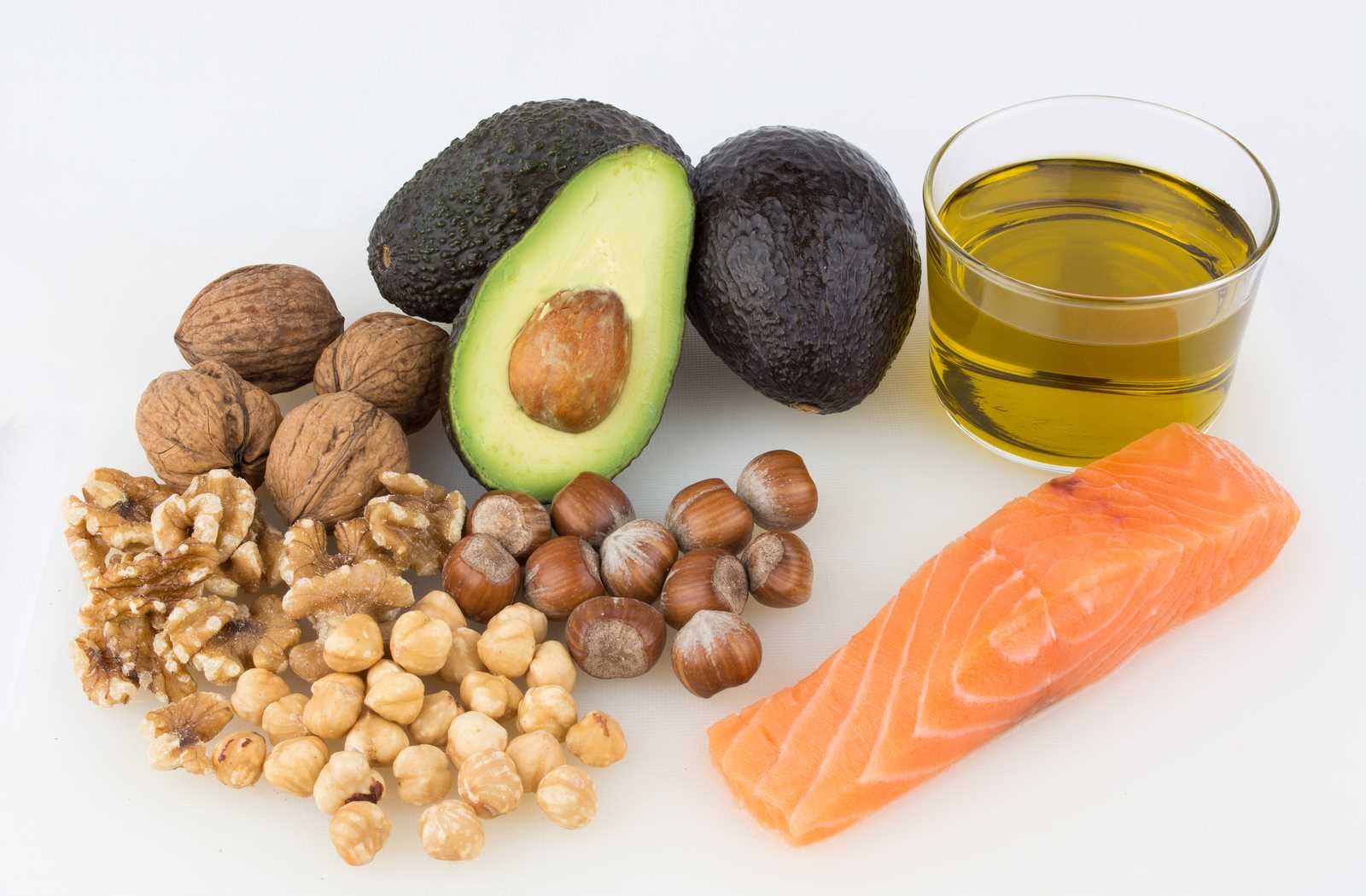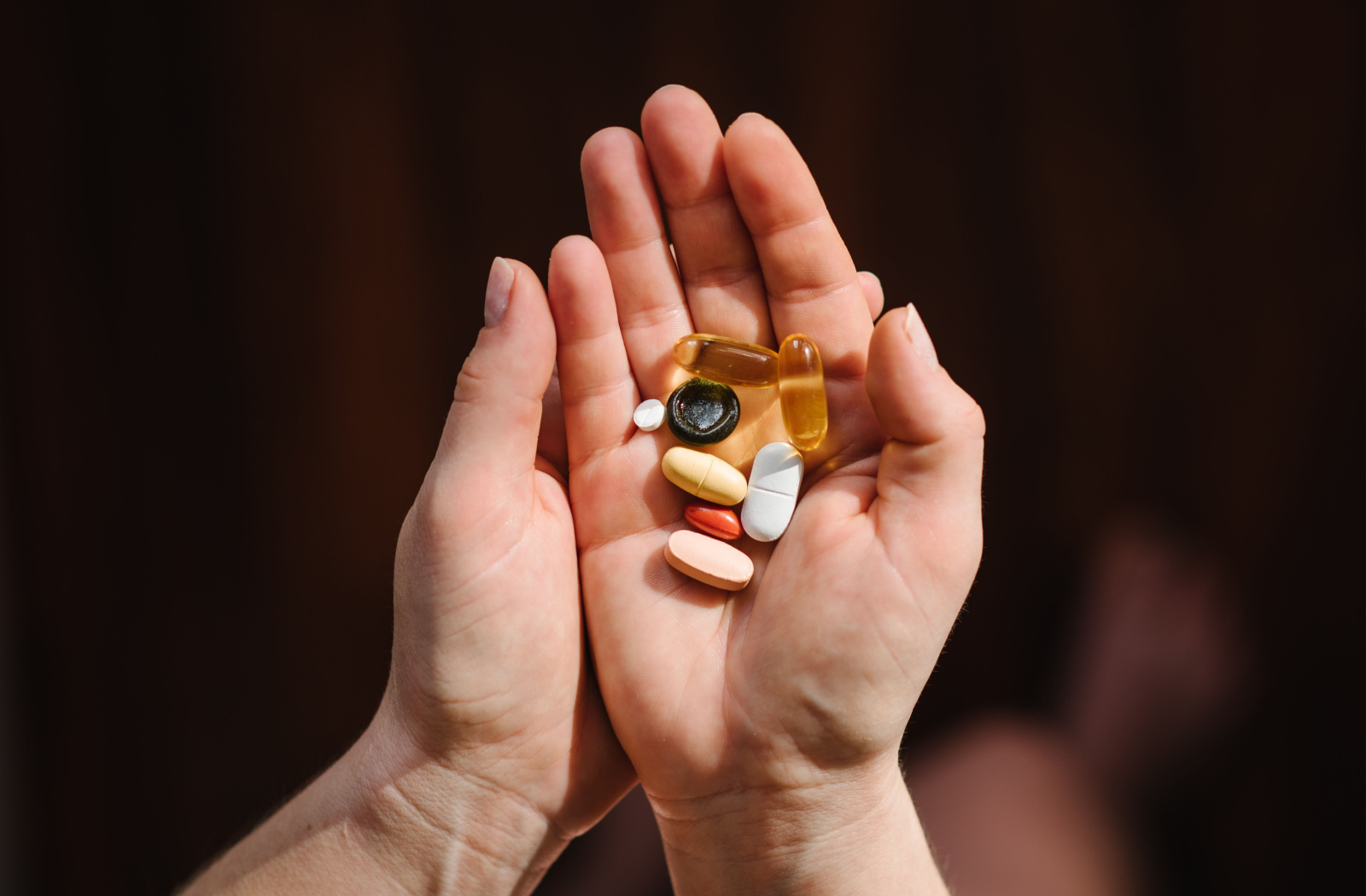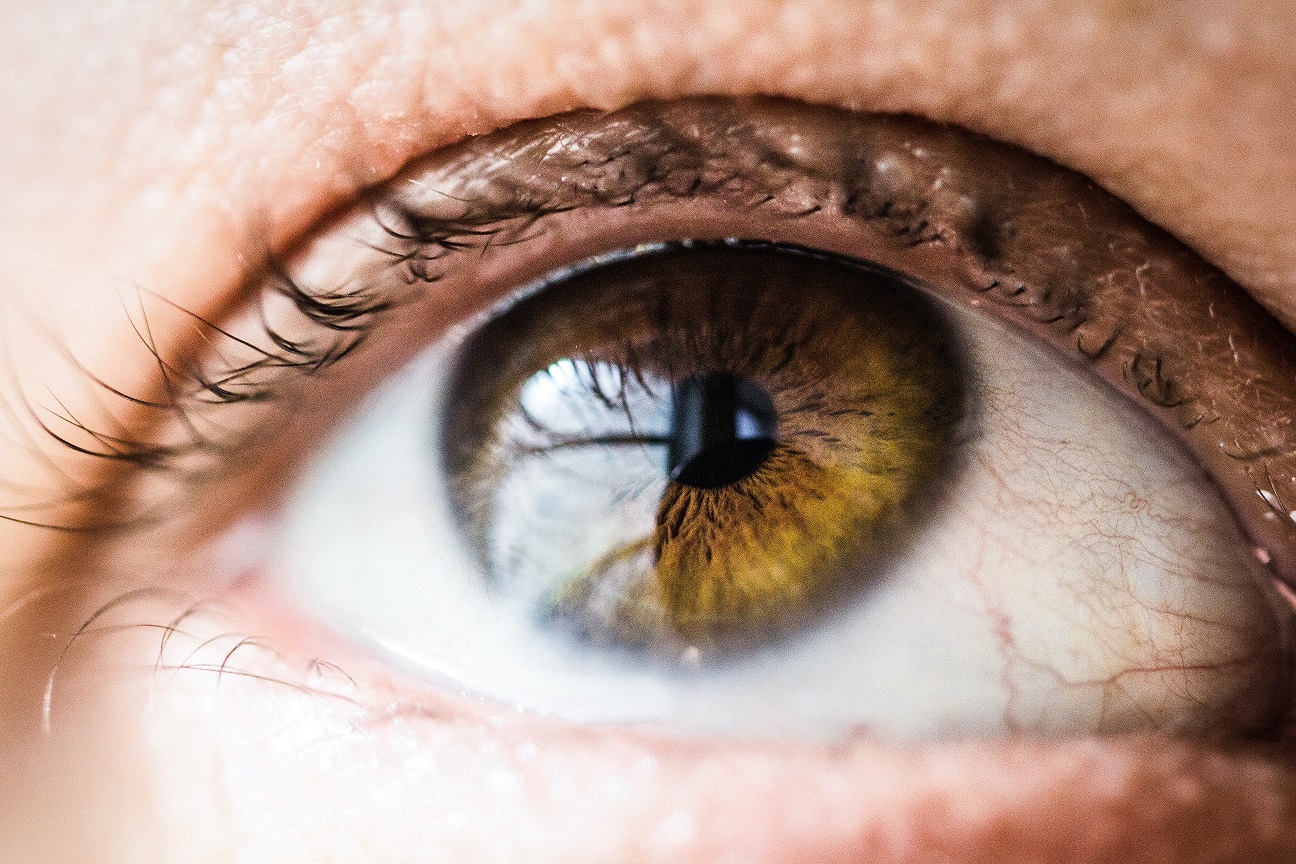Try to keep your eyes open for as long as you can. If you’re experiencing a stinging sensation this is how a dry eye patient feels every day. It’s painful, uncomfortable and can affect a person’s functioning life.
Dry eye impacts approximately 25% of Canadians, and since it’s a chronic condition there’s no known cure. Dry eye seems to be linked to eye strain somehow, especially digital eye strain. And both digital eye strain and dry eye are both becoming common for office workers.
An eye doctor must diagnose dry eyes, and you can limit its effects if you already have it. Things are looking better for dry eye patients because of newer dry eye therapies available from eye doctors.
On the other hand, for those who don’t have it, prevention is critical. It’s a good idea to prioritize prevention so that you can protect yourself in advance of exposure to risk factors.
What Is Dry Eye?
Dry Eye Disease occurs when your eyes do not produce enough tears or produce tears that do not have the proper composition. The symptoms can be felt when the natural level of tears in the eye can’t keep up with the evaporation rate of the eyes.
What Parts of the Eye Are Affected by Dry Eye?
The oil layer is produced by the meibomian glands of the upper and lower eyelid. We have a few dozen on the top and bottom of our eyes, which mix with our tears, also known as the tear film. This part of the eye is where the breakdown happens.
The tear film coating on the outside of the eye is made of 3 layers. On the cornea itself is mucous, on top of which is the water or aqueous layer. That aqueous layer is water-based with some immune cells and nutrients, forming a solution. It needs protection from evaporation somehow. To that end, an oil layer coats the watery layer on top of the mucous, preventing quick evaporation of the aqueous layer. Without it, the other layers dry out.
The cornea is a soft tissue not unlike skin but transparent. It’s the outer layer of tissue. To maintain clarity, the cornea needs to be moist and protected from the elements. If it dries out, it loses transparency, meaning you can experience blurry vision.
What Causes Dry Eye?
For some reason, the pores secreting fatty oils onto the surface of the eyes are not working correctly. That could include, ageing, hormonal changes, medication side effects — even excessive UV light, or conditions like arthritis.
Pollution can also interfere with eye health when pollutants block small pores in your eyes, especially those having essential functions for their outer layers.
Omega-3s Enhancing Diet Can Help Out with Dry Eye
Studies have established that dietary omega-3s can help treat and help prevent dry eyes.
So far, there’s been an established trend indicating likelihoods of a link between omega-3s and dry eye — not conclusive proof. But it remains likely that dietary supplementation of omega-3 fatty acids modifies the composition of the tears and improves the quality of the eye’s oil layer.
The oil layer of the tear film suffers with meibomian gland dysfunction, resulting in evaporative dry eye disease. But omega-3s boost the body’s levels of unsaturated fatty acids, so some blockages in the ducts releasing meibum can be cleared by improved oil flow.
The digestive breakdown of omega-3 fatty acids can also create anti-inflammatory molecules that can help against the raging pathology of meibomian gland dysfunction.
The disruption experienced by aqueous layer evaporation slows, and tear production can keep up with the evaporation rate. Omega-3s relieving the symptoms of dry eye can improve quality of life quite a bit because it compensates for the disruption.
Omega-3 Fatty Acids
So what are omega-3s, then? Omega-3 fatty acids are considered essential fatty acids because our bodies cannot produce them. We have to get them from our diet. They aid numerous bodily functions, including brain and eye function.
How to Get More Omega-3s in Your Diet
Many people go with supplements since it’s hard to balance sufficient EPAs, DHAs, and omega-3s. But there are a few delicious foods you can incorporate into your diet.
Foods Containing Omega-3s
Fatty fish are rich in the omega-3 fatty acids EPA and DHA, which promote various health benefits.
- Fish and seafood (cold-water fish, like salmon, mackerel, tuna, herring, and sardines)
- Nuts and seeds (such as flaxseed, chia seeds, and walnuts)
- Plant oils (such as flaxseed oil, soybean oil, and canola oil)
- Fortified foods (certain brands of eggs, yogurt, juices, milk, soy beverages, and formulas)
Omega-3 can also be found in plant-based foods (dark green leafy vegetables, flax, and nuts), but these do not contain EPA and DHA. How much EPA and DHA might be too much is not a settled matter, but you need some of it for overall health.
Supplements
Meal-planning for sufficient omega-3s, EPA, and DHA in your diet is difficult. Eating fatty fish, dark green leafy vegetables, flax and nuts in the right quantities takes precious time and consistent effort. So many people simplify by using supplements in their diet, but there are guidelines.
Firstly, your supplement should contain mainly omega-3. You will see the active ingredients on the label indicated as EPA and DHA. Do not take a supplement that also has Omega-6 and 9. We get too much of these in our Western diet, which throws out the balance of more beneficial omega-3s our bodies.
And secondly, look for natural triglyceride. This type absorbs better in the body. It is less likely to cause side effects like “fish burps” or loose stools.
Then there is the issue of how much to take. The verdict is not clear on this yet for dry eye treatment. Some Dry Eye patients do well on a dose of 2,000 mg of EPA/DHA, but an increase may be required. The safety of omega-3 supplements is excellent, but if someone is at risk for bleeding (by taking blood thinners, for example), that could exclude doses above 3,000 mg.
Healthy Lipid Layers Should Help Keep Eyes Moist
If you take control of your diet, you’ll give your body the resources it needs for a fighting chance against dry eyes. The lipid layer is your eye’s outer defence against the relatively dry (or polluted) air. To preserve it, consume nutrients that aid its production. Omega-3s are great brain food, so you can enjoy two benefits at once — and remember, your body can’t produce Omega-3 on its own!









